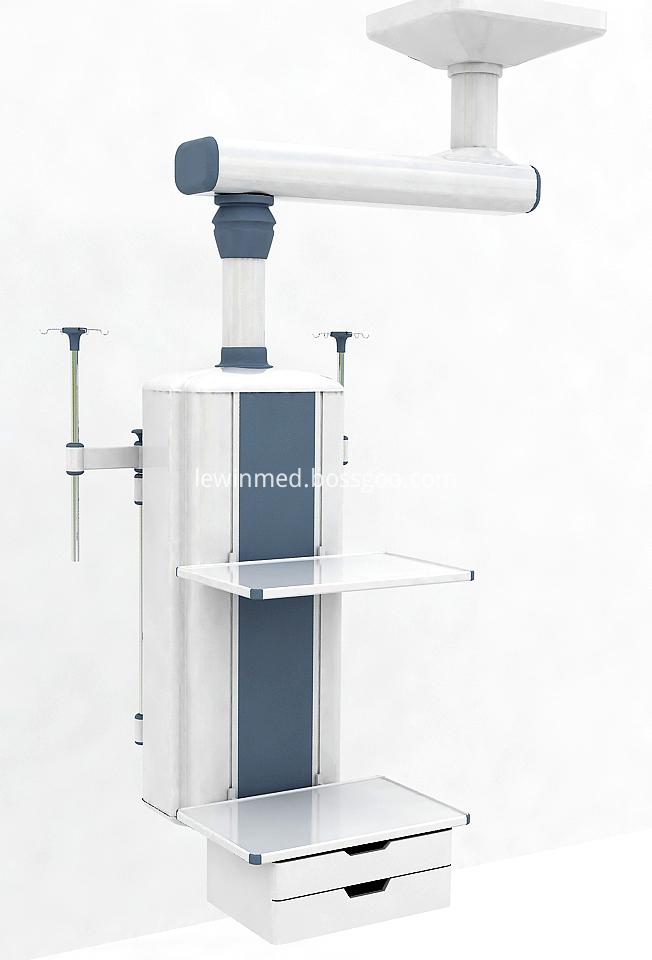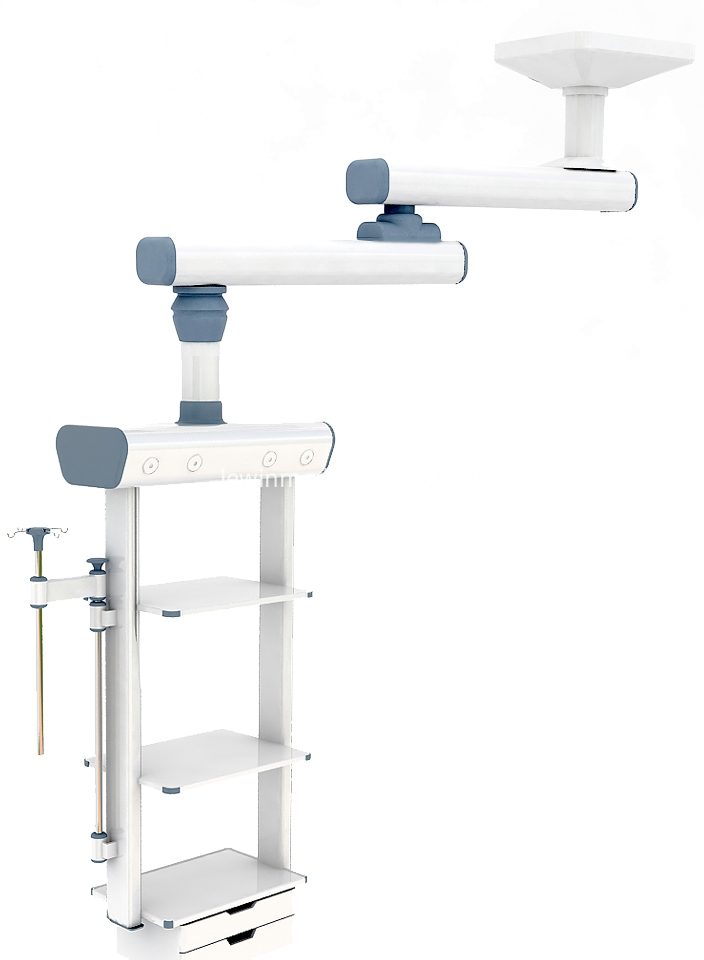
Latin name: *Elaeis guineensis* Jacq
English name: Oil Palm
Family: Arecaceae (Palm family)
Species: Tropical woody oil crop
Oil palm is known as the "King of Oils" due to its exceptionally high yield per unit area. It's one of the most efficient sources of vegetable oil in the world.
Origin:
Native to tropical Africa, this plant naturally grows in the transition zone between rainforests and grasslands, between 13°N and 12°S. China started formal cultivation in the 1960s, mainly in southern and western Hainan Province. There are also small plantations in Xishuangbanna, Yunnan.
Distribution:
The oil palm originally thrived along the edges of wet forests in Africa, at latitudes between 10° and 15°, and below 150 meters above sea level. Major producing regions include Malaysia, Indonesia, West and Central Africa, and parts of the Americas.
In China, oil palm has been introduced for over 80 years and is mainly grown in Hainan, Yunnan, Guangdong, and Guangxi.
Morphological Characteristics:
Oil palms are tall monocots with a fibrous root system. The roots include primary, secondary, tertiary, and quaternary roots, with the latter two being responsible for water and nutrient absorption. The stem is erect, unbranched, and cylindrical, reaching up to 10 meters in height. Leaves grow spirally at the top of the stem.
The inflorescence is a panicle, with male and female flowers arranged separately. Female inflorescences have many spikelets, each containing 6–40 female flowers. After fertilization, the fruit matures in about six months. A single panicle can produce 1,000–1,500 fruits, weighing 10–15 kg, sometimes exceeding 50 kg.
The fruit consists of an exocarp, mesocarp (pulp), endocarp, and nucleolus. The pulp contains about 50% oil, while the kernel also has around 50% oil. Palm oil is extracted from the pulp, and palm kernel oil comes from the hard nut inside.
Oil palms begin bearing fruit in their third year, reach peak production at 6–7 years old, and have an economic lifespan of 20–25 years, though they can live over 100 years. They thrive in hot, humid conditions with plenty of sunlight and fertile soil. Temperature is a key limiting factor—ideal annual temperatures range from 24–27°C, with annual rainfall of 2,000–3,000 mm.
Introduction:
Palm oil, also known as vegetable oil, is a non-drying, brown-red oil rich in carotenoids, vitamin E, and low in cholesterol. It’s widely used in frying due to its high smoke point. It’s popular in tropical countries for its flavor, texture, and long shelf life.
Refined palm oil is highly nutritious and used in margarine, cooking, and cosmetics. Palm kernel oil is used in soaps, detergents, and even in food products like margarine. By-products such as palm kernel meal serve as animal feed and fertilizer, while shells are used to make activated carbon. The empty bunches are used for paper, fuel, or mushroom cultivation.
Oil Palm Fruits:
The fruits of the oil palm are unique, growing in clusters on tough stalks. They are elliptical, smooth, and start green, turning yellow or red when mature. They are about the size of a pigeon egg and contain a soft, oily pulp that’s not greasy but slightly fibrous. When cooked with sugar or salt, they offer a refreshing taste, though the fibers can be a bit rough on the teeth.
Creport3000 Series Medical Pendant
Creport3000 Series Medical Pendant equipment used in modern clean operation rooms and general operation rooms. It is an ideal and practical endoscopic workstation . This pendent is a practical equipment used in modern clean operation rooms and general operation rooms . All kinds of terminals such as for medical gas , electricity , network are all gathered on the control board.


Anesthesia Pendant,Ceiling Pendant,Hospital Pendant,Medical Gas Pendant
Shandong Lewin Medical Equipment Co., Ltd. , https://www.lewinmed.com